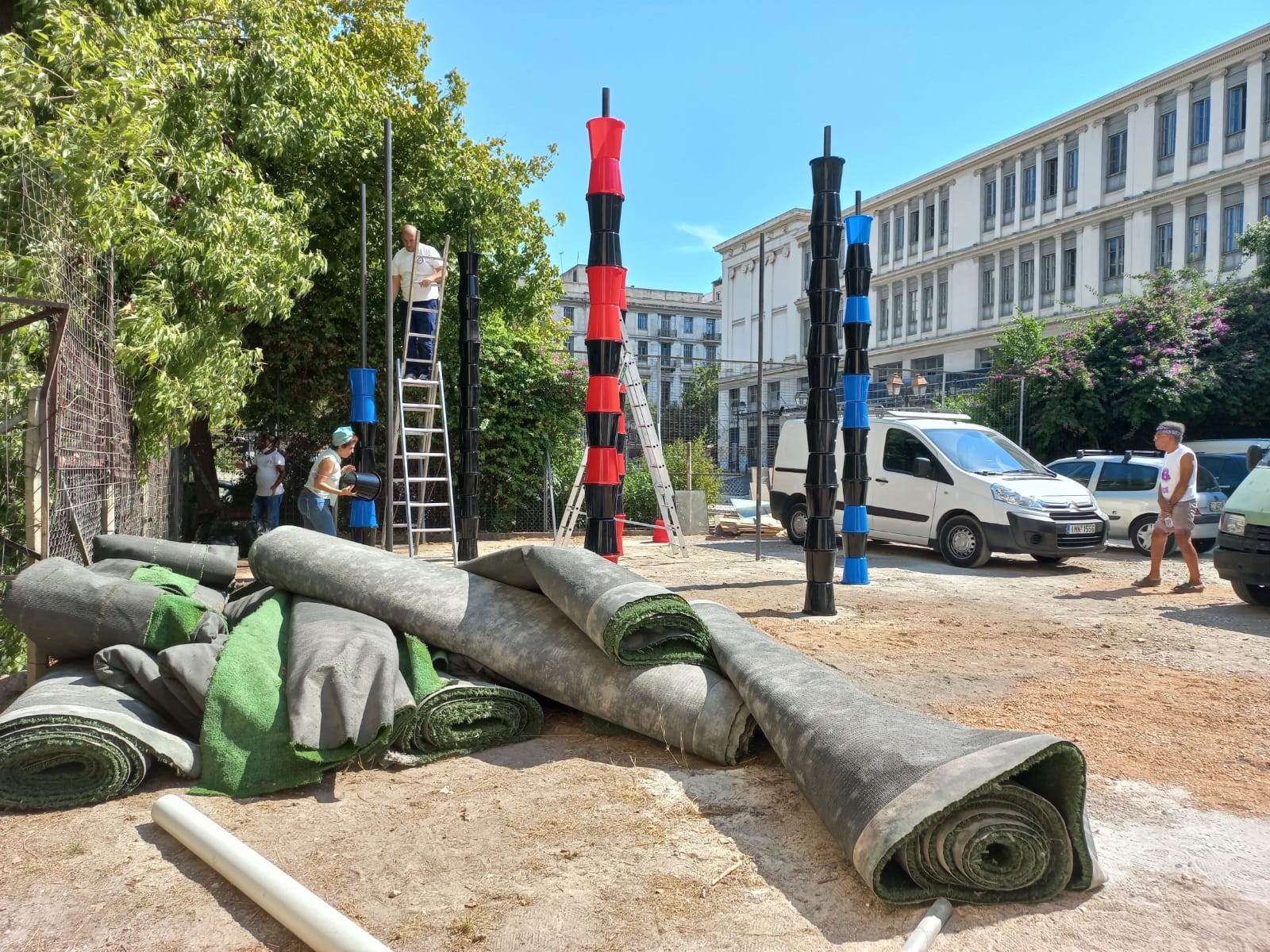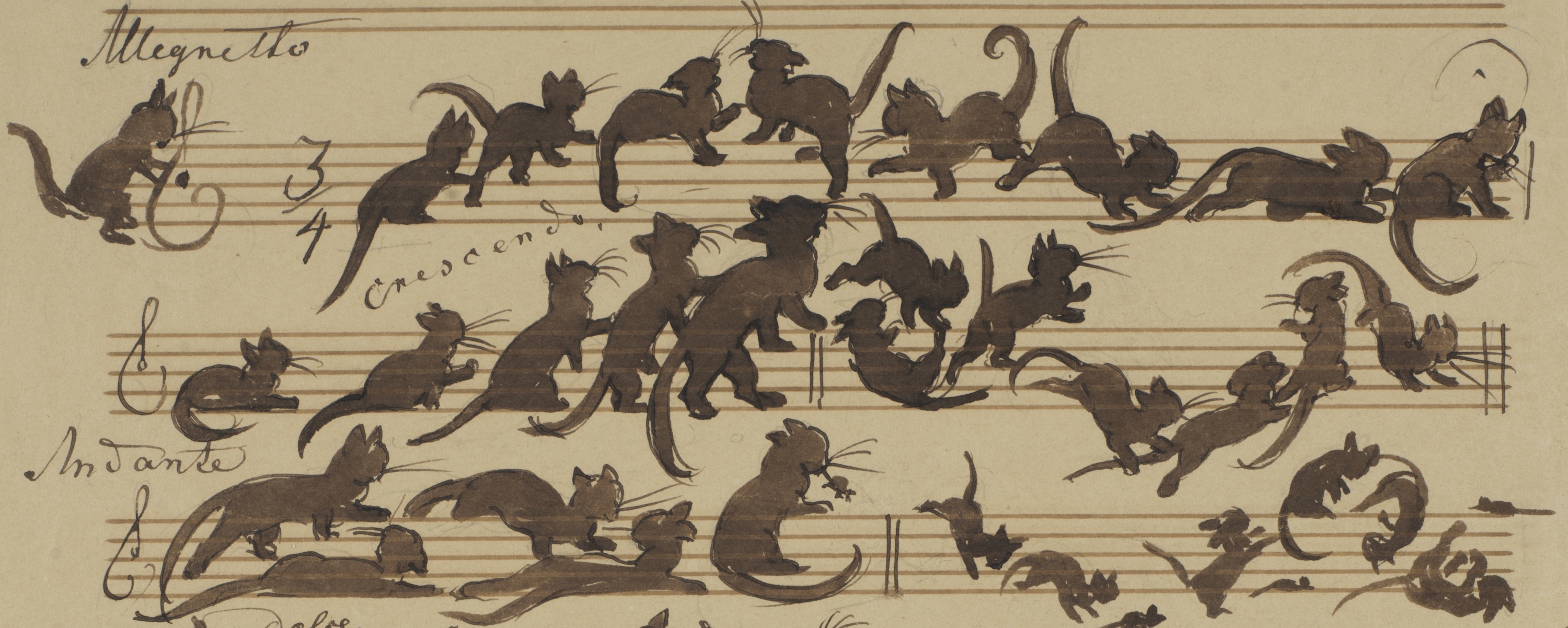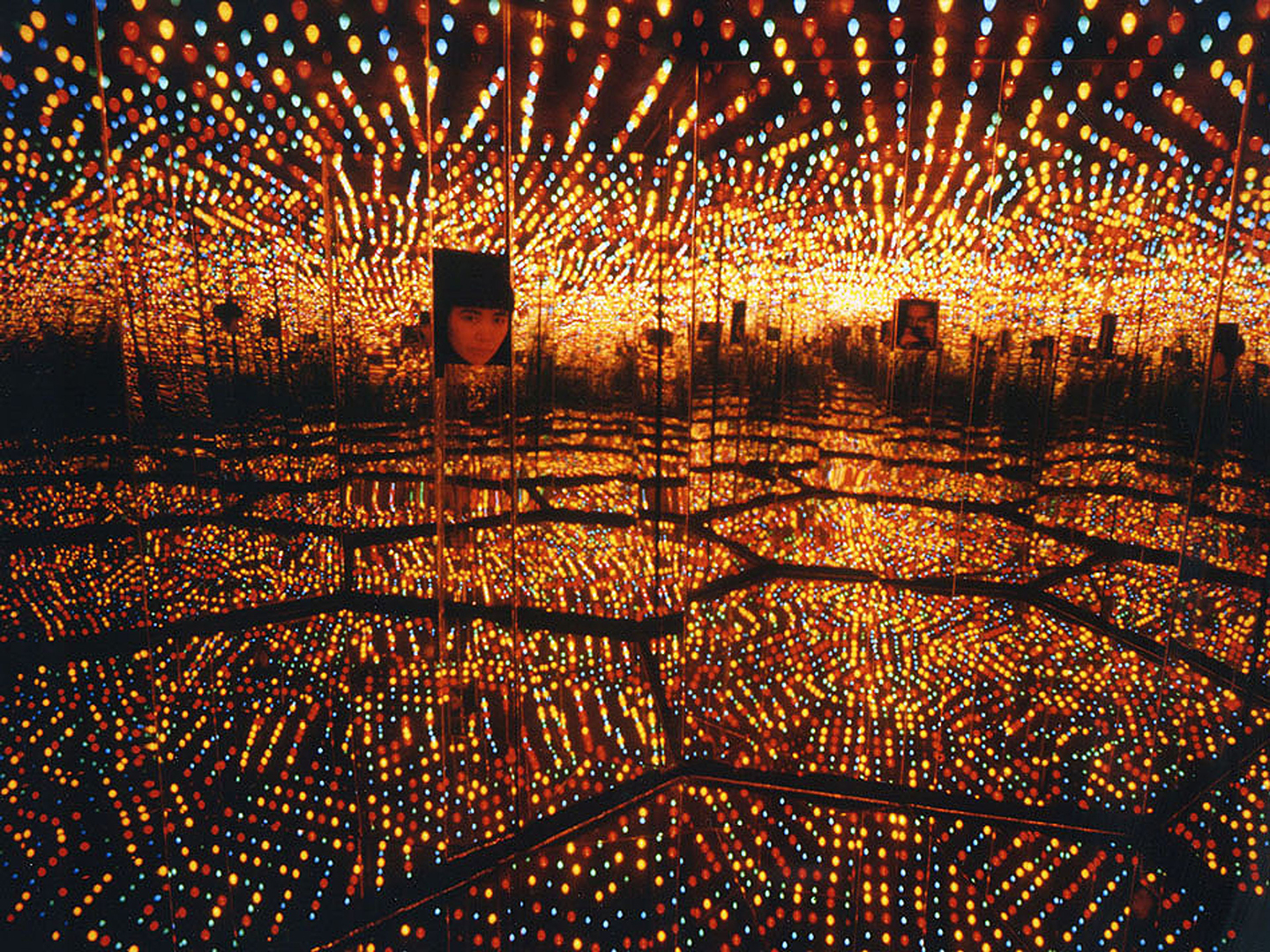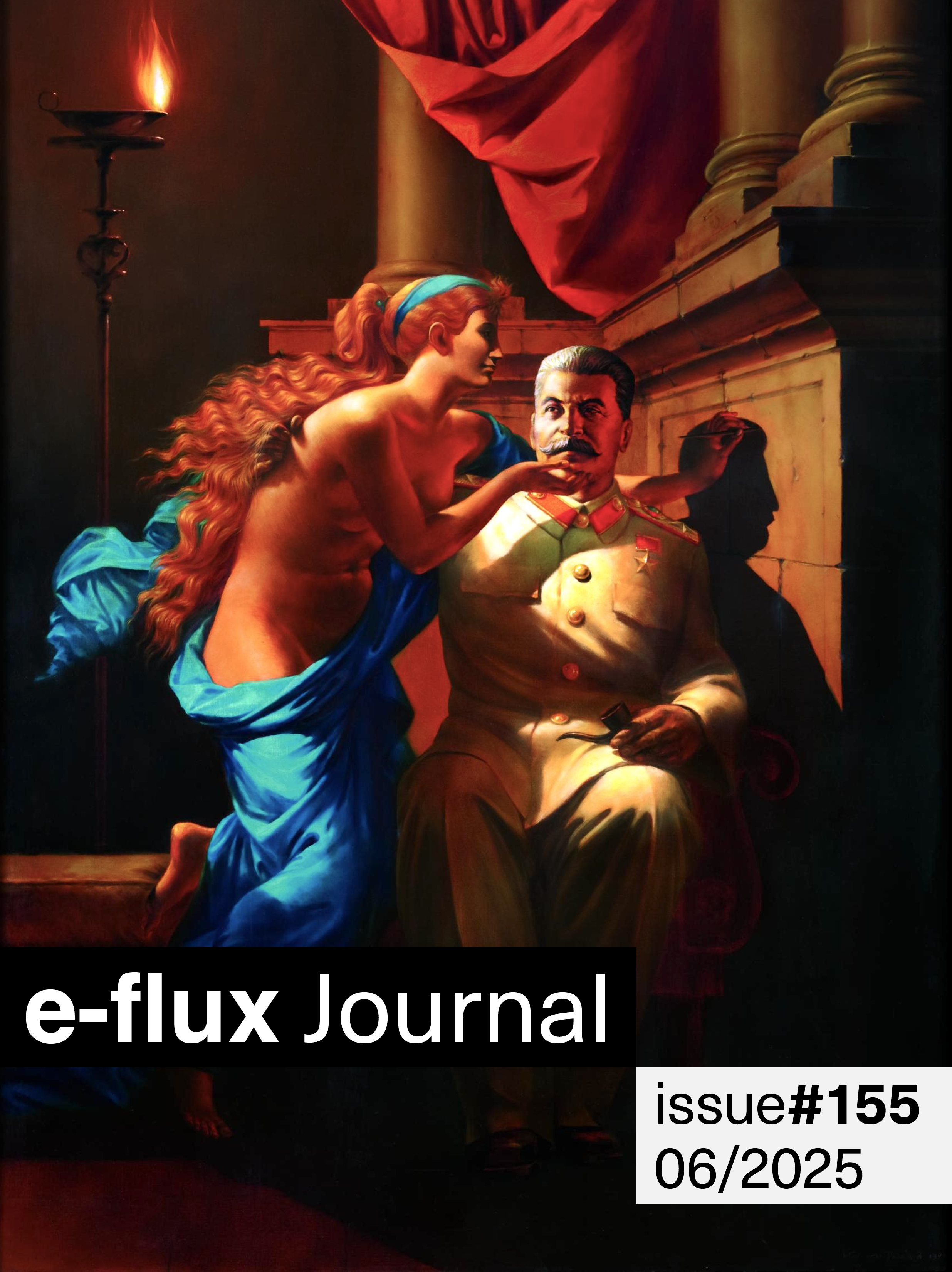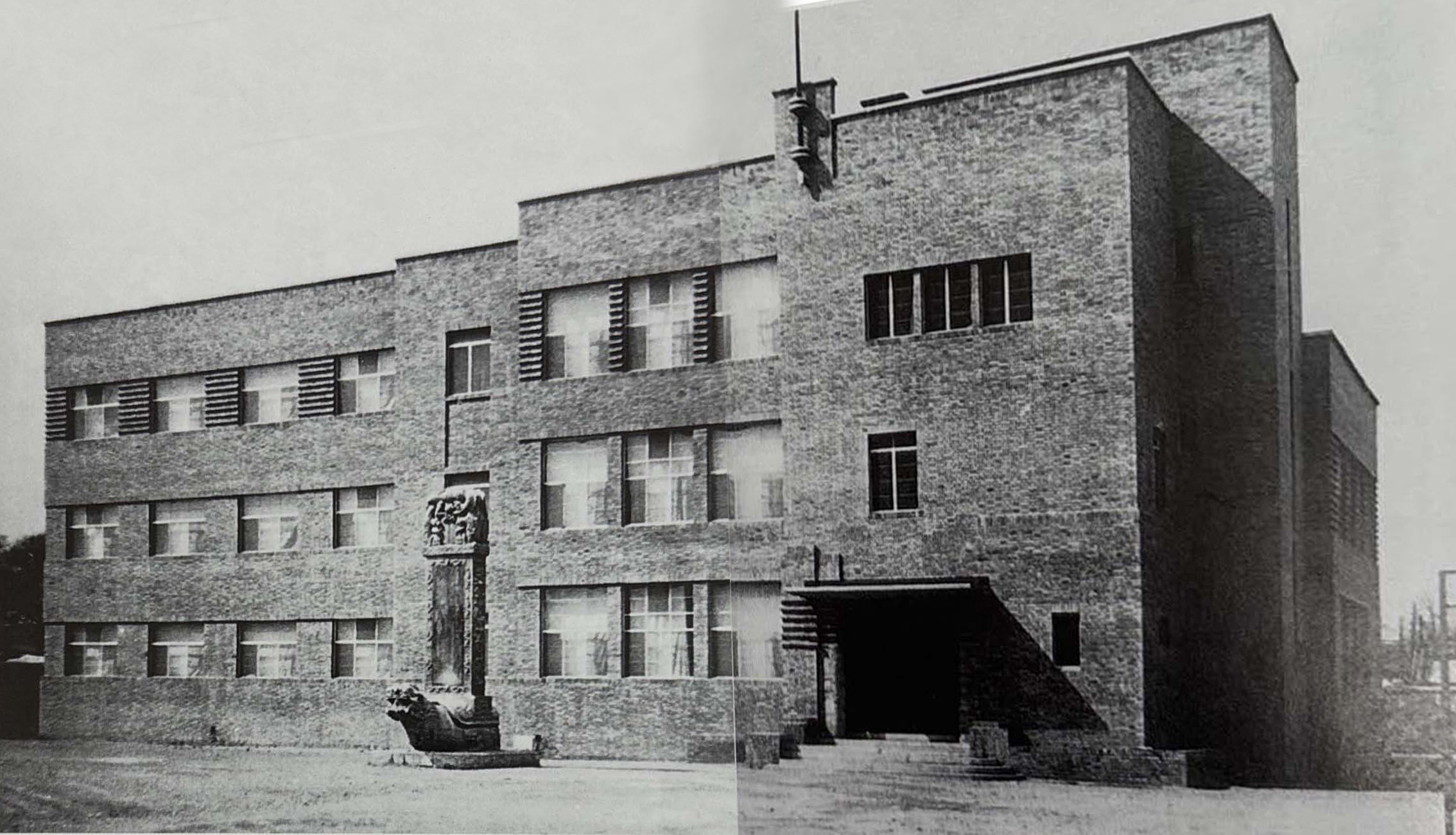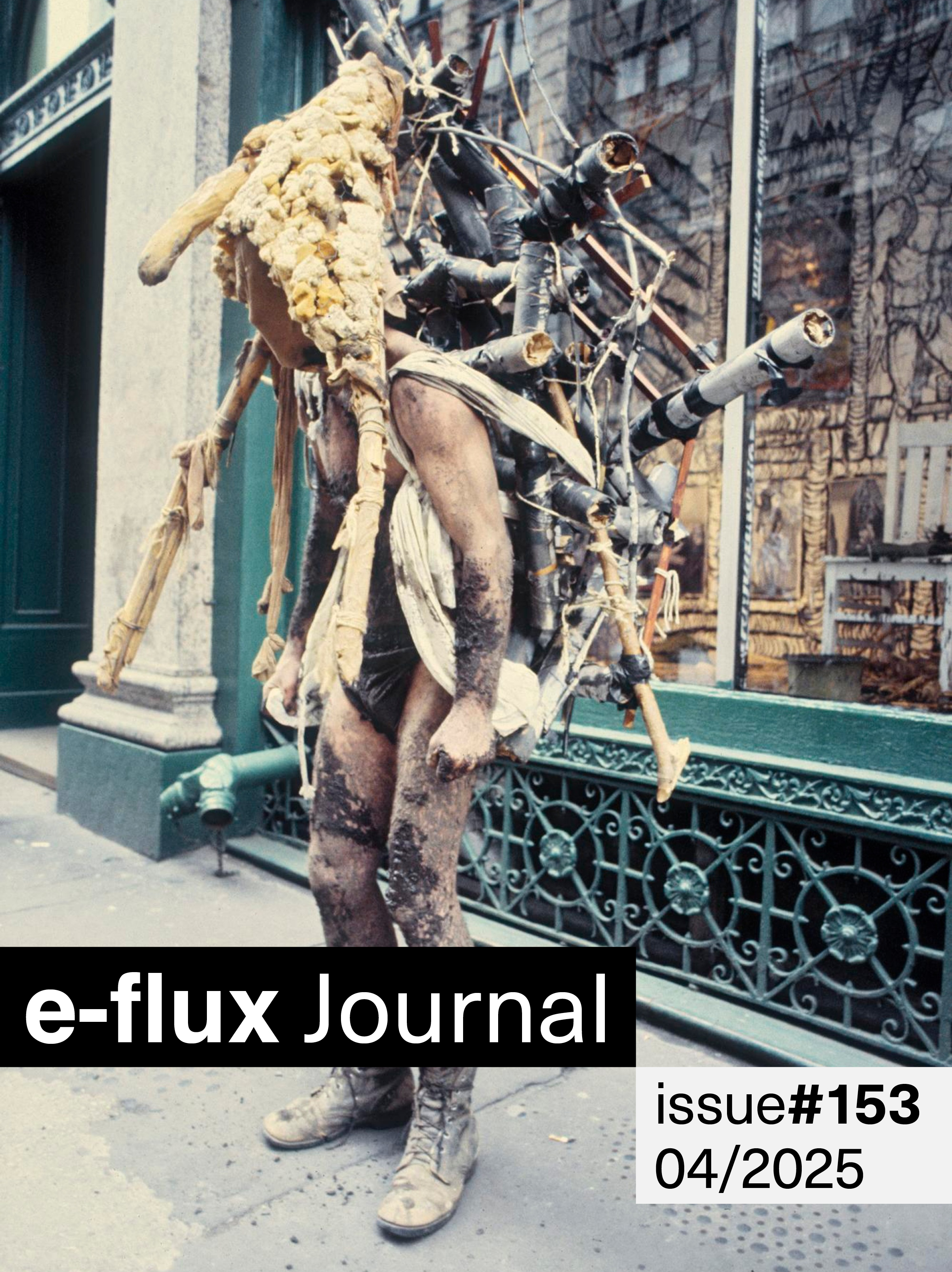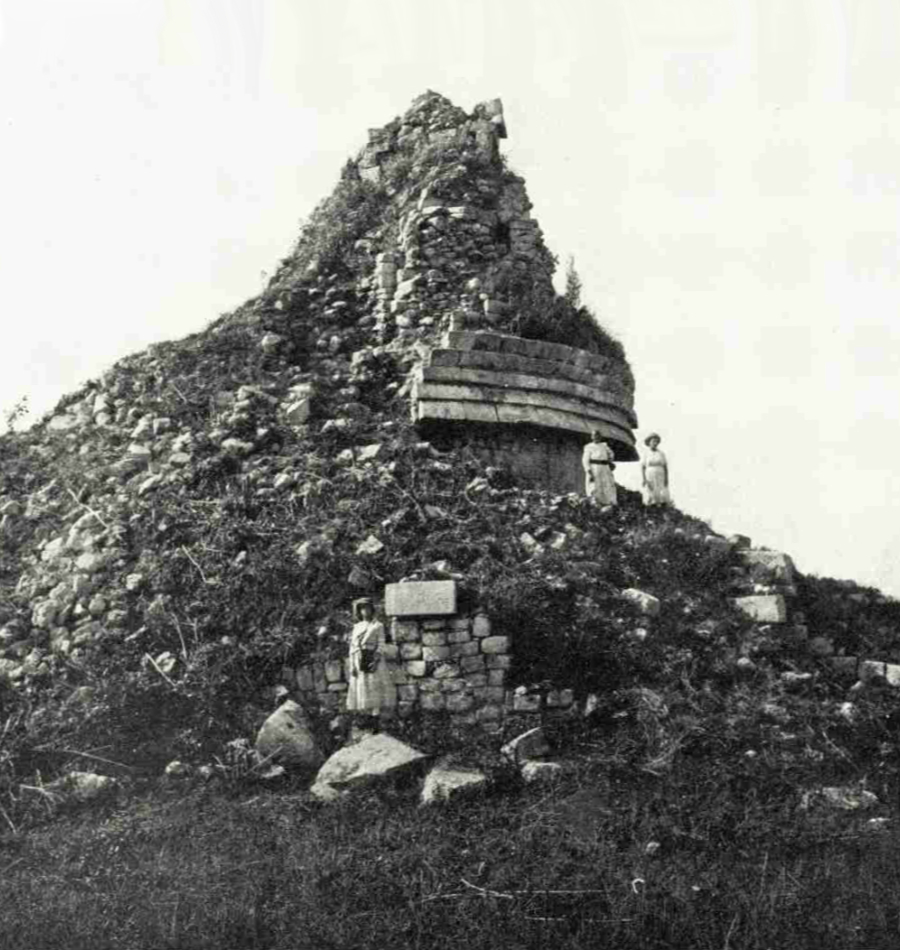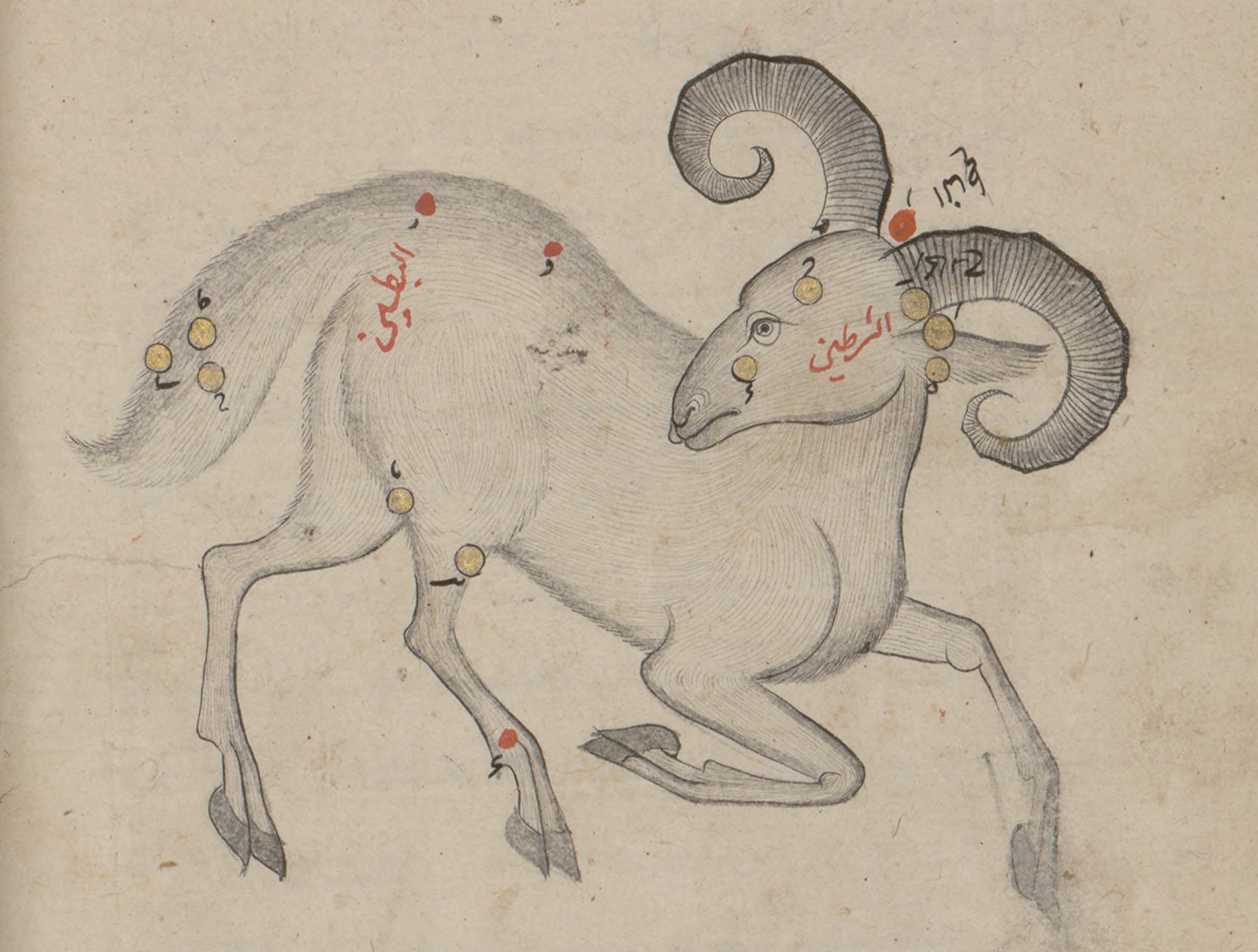There has been much talk over the past year of the advent of a “new normal,” and with it a pressure to identify its characteristics. How should we define the changing conditions under which we are now living? How should they be reflected in our cultural production, and to what new standards should we be holding it?
One theme to have emerged in recent work (and the criticism written of it) is a reluctance to impose grand narratives—a counterintuitive insistence that the “new normal” might be distinguished by the absence of broadly applicable traits. This prioritising of felt specifics over abstract generalities might be attributed, in part, to lockdown. As several of our writers have recently observed, it’s not surprising that artists should have retrained their focus on what is close to hand and particular to their circumstances. (It’s one reason why we last month introduced a new series of images to accompany this column, inviting artists to share a photograph from their workplace.)
It might also acknowledge that the inflection point has not passed, and that we need to attend to a changing world before we start imposing rules upon it. The crises which manifested so spectacularly last year are not over, and collectively have highlighted the instability of whatever was previously called normal. The pandemic and other upheavals have given the lie to the longstanding insistence of western governments that, to quote Margaret Thatcher, “there is no alternative.” The lengths to which politicians were prepared to go to prop up a fragile system only demonstrated, against their intentions, that there are myriad alternatives to it. Other worlds are possible.
Indeed, the idea of a monolithic “normal” is itself among the grandest of narratives, collapsing the vastly different experiences of communities into an incontestable account of what it means to live, for example, as an American. That there exists a universal normal to which we might return or to which we should aspire is a fantasy constructed by power that art by its nature challenges: to identify with the product of another person’s consciousness is to become aware that our “normal” experience of the world is not shared.
But that encounter also generates sympathy and solidarity. Art alerts us to the limits of our understanding of other people even as it connects us to them, suggesting a model closer to a latticework of interlacing experiences. It is perhaps instructive in this context that the word “canon” derives from kanonikós, meaning “normal.” Both norms and canons supply models for living that can support or constrain depending on how they are constructed and imposed. The challenge for the critic consists not only in disrupting or expanding an old canon but in identifying the material through which manifold new ones might be built.
So this month we look backwards as well as forwards, considering how the structures that shape the way we see the world are reformulated to serve new attitudes and audiences. A review from Moscow considers the likelihood (and desirability) of a future predicated on the end of work, while another from Berlin considers the crises in the west in light of the collapse of the USSR; we'll publish a conversation between two artists, Lydia Ourahmane and Sophia Al-Maria, whose work explores themes of home and memory; feature essays on how the Gulf States are formulating different modernisms in the process of state-building and the relationship of exhibition architecture to art’s changing social role in Russia; carry roundups from busy months in New York and London; and, of course, you'll receive our normal, eclectic mix of reviews from around the world.
Navine G. Khan-Dossos’s Ta Nea Xysta (2021) features in the 7th Athens Biennale, “Eclipse,” which runs to November 28. Her book TINA – There Is No Alternative, co-published by the Showroom and Chateau International, is released this month.
